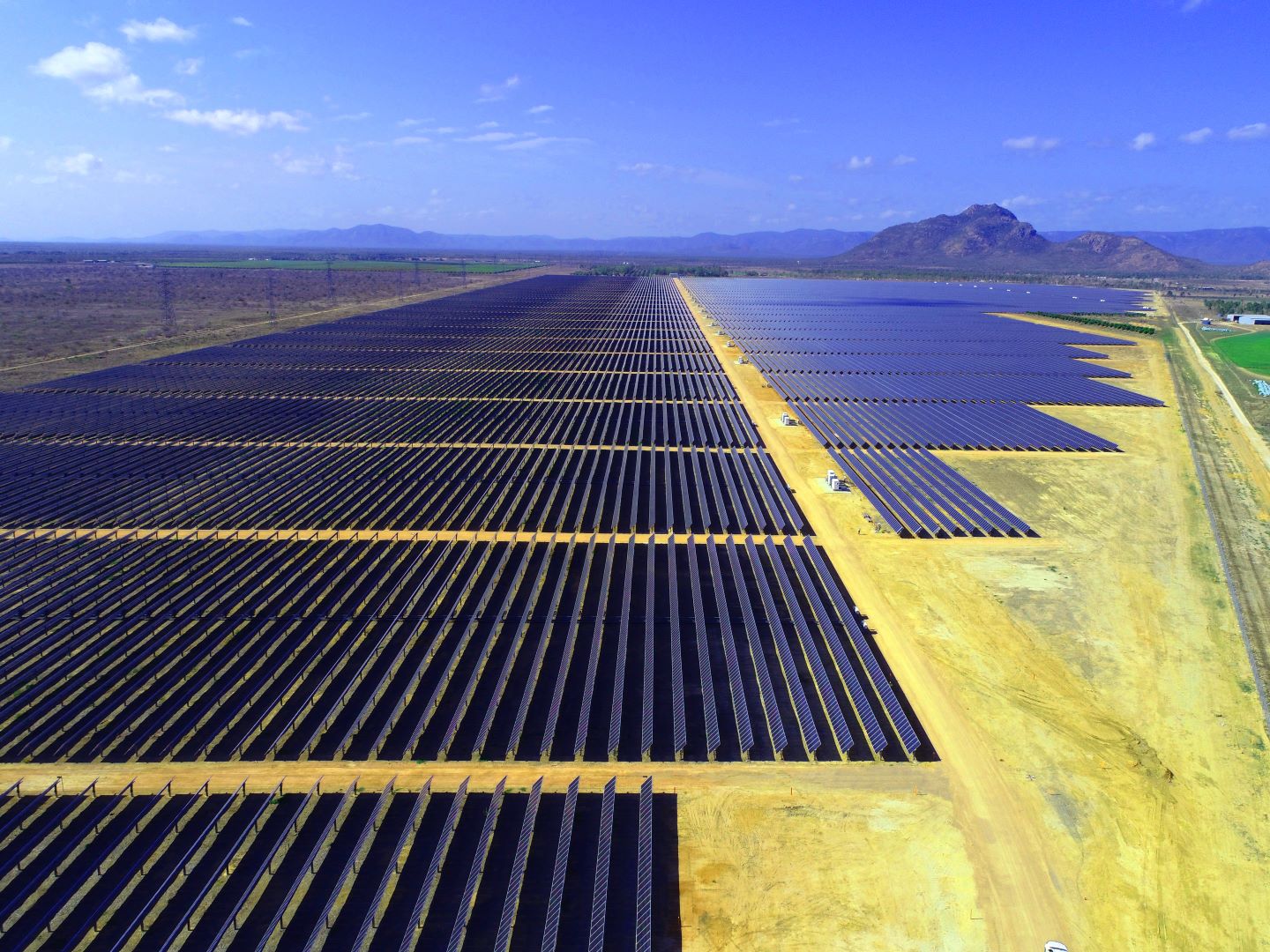Australia’s environmental policy has undergone a U-turn in recent years, with its prime minister, Anthony Albanese, declaring a desire for the country to leave the ‘naughty corner’ when it comes to climate action. This statement was later supported by the ramping up of the country’s emission targets. The 2022 Climate Change Act legally committed the country to reduce its emissions by 43% (relative to its 2005 baseline), as well as achieving net zero by 2050.
This goal will present a radical departure from the country’s previous reliance on thermal power sources to meet its energy demands. In 2020, fossil fuels accounted for 77% of Australia’s power generation, with coal alone contributing 55% to the power mix. Reliance on the most carbon-intensive fuel has created a suboptimal starting point for its climate aspirations.
Australia’s renewable capacity is rising rapidly
However, despite this, Australia has made significant headway towards building out its renewable capacity. According to GlobalData figures, the country is expected to have nearly 53GW of renewable capacity by the end of 2023, which represents a CAGR of 15.7% from just three years prior. Furthermore, renewable capacity is expected to continue climbing, reaching 183GW in 2035 after experiencing a CAGR of 10.9% between 2023 and 2035.
Solar and wind resources will be the key growth segments for increasing renewable capacity. Solar PV will be the biggest contributor, reaching 130GW in 2035, followed by wind which will account for 39GW in the same year. In terms of generation, Solar PV will overtake coal as the dominant power source in 2030, reaching a power generation share of 30%. This will also help renewables account for 55% of generation in 2030. It appears that despite an initial reluctance to wean itself off fossil fuels, the decarbonisation of Australia’s power grid is taking place rapidly. Factors such as the country’s solar and wind resources, the falling cost of producing renewable energy, and renewed political support are providing the market conditions and business confidence required for renewable energy developers to rapidly scale their capacities.
Australia’s renewable resources create a sizeable opportunity for hydrogen
However, although the country is making steady progress towards the decarbonisation of its power grid, it remains a slow mover in many other aspects of the energy transition. Sectors such as hydrogen, renewable fuels, and CCUS remain in a relatively early stage of development. For example, Australia currently has a relatively low standing in the global hydrogen market, contributing less than 1% of active capacity with just 10.2ktpa of hydrogen production capacity in 2022.
However, Australia has several upcoming projects, the completion of which would boost production by 13mtpa. This would increase its positioning within the global market substantially, making the country the site of just under 7% of the world’s hydrogen production. A number of state and regional policies will facilitate the development of large-scale hydrogen projects. For example, the Australian Government has set aside over $2bn towards the renewable hydrogen industry within its 2023-2024 budget. These funds will be chiefly distributed through the country’s Hydrogen Headstart program, which will facilitate the development of the hydrogen industry by issuing developers competitive production contracts. These developments are positive signs for the country’s domestic hydrogen industry and will create opportunities for cutting emissions from industries that are typically difficult to decarbonise.
GlobalData’s hydrogen database of active and pipeline projects indicates that green ammonia will be the dominant consumer industry for low-carbon hydrogen in Australia, accounting for up to 4,000ktpa before 2030. Low-carbon hydrogen and its derivatives will prove to be an important energy storage technology that will help the country capitalise on its rich renewable energy resources. This technology will also create opportunities for decarbonising Australia’s domestic heavy industries including long-distance transport as well as opening up the possibility for a hydrogen export market to neighboring countries.
The country has been slow to support other energy transition technologies
Meanwhile, the outlook for other technologies such as CCUS and renewable fuels remains bleak. Despite the country hosting the Gorgon project, one of the largest CCUS facilities in the world, there are currently no other projects in the pipeline. Furthermore, the scrapping of its Carbon Capture, Use, and Storage (CCUS) Hubs and Technologies grant scheme will likely cause confidence in this technology to fall. Similarly, Australia continues to hold a negligible position in the renewable fuels space, with no active renewable refineries. Although its pipeline of projects will give a renewable fuel production capacity of 670 million gallons a year by 2026.
Ultimately, Australia remains a peculiar case in terms of its energy transition trajectory. Where historically the country has struggled to wean itself off fossil fuels, it has rapidly built out its renewable capacity in recent years. While this is promising for abating its carbon footprint as a country, its focus on decarbonisation has been narrow, often coming at the expense of other technologies such as hydrogen, CCUS, and renewable fuels. As a result, Australia risks missing the opportunity to capitalise on its considerable renewable energy resources, particularly when these resources can be used to decrease the cost barrier to producing low-carbon hydrogen. Overall, the country could be more ambitious in its aims and take advantage of its existing success in the renewable energy space to become an early exporter of green hydrogen in the Asia Pacific region.





